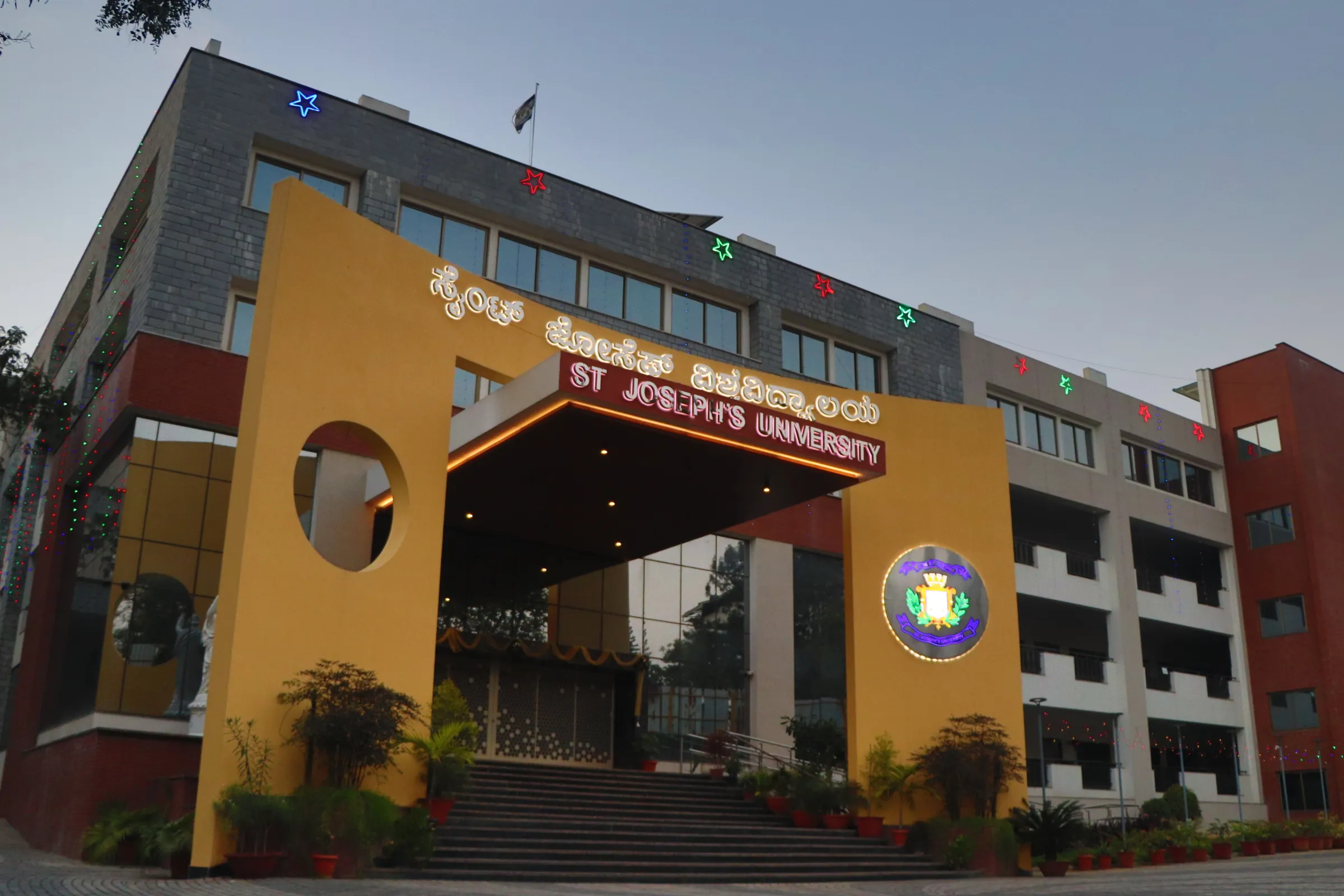Introduction
The Bachelor of Ayurvedic Medicine and Surgery (BAMS) is a distinctive degree that integrates the ancient wisdom of Ayurveda with modern medical science. This program equips students with the knowledge and skills required to practice Ayurveda, a traditional system of medicine originating from India, focused on holistic healing and natural treatments.
- History and Evolution
- Course Structure
- Admission Process
- Curriculum Details
- Specializations in BAMS
- Skills Acquired During BAMS
- Challenges Faced by BAMS Students
- Opportunities After BAMS
- Salary Expectations
- Global Recognition and Opportunities
- BAMS vs Other Medical Degrees
- Impact of Technology on BAMS
- Case Studies
- Conclusion
- FAQs
History and Evolution
Ayurveda, meaning “science of life,” has a history that spans over 3,000 years. The formalization of BAMS as a degree program aimed to preserve and modernize this ancient medical system. Over the years, BAMS has evolved to include contemporary medical education while maintaining its traditional roots.
Course Structure
A BAMS program typically spans five and a half years, including a one-year internship. The curriculum is designed to provide a comprehensive understanding of both theoretical and practical aspects of Ayurveda.
Key Subjects Covered
- Ayurvedic Samhitas: Classical texts of Ayurveda
- Rachana Sharira: Ayurvedic anatomy
- Kriya Sharira: Ayurvedic physiology
- Dravyaguna: Pharmacology of Ayurvedic herbs
- Rasashastra: Ayurvedic pharmaceutics
- Kayachikitsa: Internal medicine
Admission Process
Eligibility Criteria
Candidates must have completed their higher secondary education with subjects like Biology, Chemistry, and Physics. A strong academic record and a genuine interest in Ayurveda are essential.
Entrance Exams
Admission to BAMS programs often requires passing competitive entrance exams such as NEET (National Eligibility cum Entrance Test) in India.
Application Procedure
The application process typically involves submitting academic transcripts, entrance exam scores, and sometimes interviews to assess the applicant’s motivation and suitability for the program.
Curriculum Details
Basic Principles of Ayurveda
Students learn about the fundamental concepts of Ayurveda, including the three doshas (Vata, Pitta, Kapha), the five elements (Pancha Mahabhutas), and the concept of balance and harmony in the body.
Ayurvedic Anatomy and Physiology
This includes the study of the body’s structure and function from an Ayurvedic perspective, which differs significantly from modern anatomy and physiology.
Pharmacology and Herbal Medicine
Students learn about various medicinal plants, their properties, and their applications in treating diseases.
Clinical Training and Internships
Practical training is a crucial part of the BAMS curriculum. Students undergo internships in Ayurvedic hospitals and clinics, where they gain hands-on experience in diagnosing and treating patients.
Specializations in BAMS
After completing the BAMS degree, practitioners can specialize in various fields, such as:
- Panchakarma: Detoxification therapies
- Kayachikitsa: General medicine
- Shalya Tantra: Surgery
- Stri Roga and Prasuti Tantra: Gynecology and obstetrics
- Bal Roga: Pediatrics
Top Medical Colleges In Bangalore
Skills Acquired During BAMS
BAMS students acquire a wide range of skills, including:
- Diagnostic Skills: Ability to diagnose ailments based on Ayurvedic principles.
- Herbal Medicine Preparation: Skills in preparing and prescribing herbal remedies.
- Patient Management: Holistic patient care and management practices.
Challenges Faced by BAMS Students
Academic Pressure
The BAMS program is rigorous and demands a deep understanding of both traditional and modern medical concepts.
Balancing Traditional and Modern Medicine
Students often face the challenge of integrating ancient Ayurvedic practices with modern medical science, requiring a balanced and open-minded approach.
Opportunities After BAMS
Higher Studies
Many BAMS graduates pursue higher studies, such as MD (Ayurveda) or specialized diploma courses, to further their expertise.
Career Options
Career opportunities for BAMS graduates are diverse. They can work in Ayurvedic hospitals, clinics, research institutions, or start their own practice. Teaching and roles in the wellness industry are also popular choices.
Salary Expectations
Average Salary Range
The salary of a BAMS graduate varies based on specialization, experience, and location. On average, a fresh BAMS graduate can expect a salary ranging from $20,000 to $50,000 per year. With experience and specialization, this figure can significantly increase.
Factors Influencing Salary
Factors such as the type of healthcare facility, geographic location, and demand for specific specializations influence salary levels. Practitioners in metropolitan areas or those with unique specializations often earn higher salaries.
Global Recognition and Opportunities
Recognition of BAMS Worldwide
An increasing number of countries are recognizing the benefits of Ayurveda, leading to greater acceptance and opportunities for BAMS graduates worldwide.
Working Abroad
BAMS graduates can find opportunities to work abroad, especially in countries with a growing interest in alternative and holistic medicine.
BAMS vs Other Medical Degrees
Comparison with MBBS, BHMS, and Other Medical Degrees
While BAMS focuses on Ayurvedic medicine, other degrees like MBBS and BHMS (Bachelor of Homeopathic Medicine and Surgery) focus on allopathic and homeopathic systems, respectively. Each degree has its unique approach and significance in the healthcare system.
Impact of Technology on BAMS
Role of Technology in Ayurvedic Education
Technology has enhanced Ayurvedic education with tools like online learning platforms, virtual simulations, and access to a vast array of digital resources.
Future Trends
Future trends include the integration of digital health records, telemedicine, and advanced research tools to further the scope and efficacy of Ayurvedic practices.
Case Studies
Success Stories of BAMS Graduates
Numerous BAMS graduates have made significant contributions to the field of Ayurveda. For instance, Dr. Vasant Lad, a renowned Ayurvedic practitioner, has been instrumental in popularizing Ayurveda in the Western world through his teachings and writings.
Conclusion
In conclusion, the BAMS degree offers a unique blend of traditional Ayurvedic wisdom and modern medical science. It provides students with a comprehensive education, equipping them with the skills and knowledge needed to excel in the field of Ayurveda. Despite the challenges, the opportunities for personal and professional growth are immense, making BAMS a highly respected and valued qualification.
FAQs
1. What is the duration of a BAMS program? The BAMS program typically lasts five and a half years, including a one-year internship.
2. What are the career options after completing BAMS? BAMS graduates can pursue careers in Ayurvedic hospitals, clinics, research institutions, teaching, or start their own practice.
3. How does BAMS differ from other medical degrees? BAMS focuses on Ayurvedic medicine, while degrees like MBBS and BHMS focus on allopathic and homeopathic systems, respectively.
4. What are the challenges faced by BAMS students? BAMS students often face academic pressure and the challenge of integrating traditional Ayurvedic practices with modern medical science.
5. Is BAMS recognized globally? Yes, an increasing number of countries are recognizing the benefits of Ayurveda, leading to greater acceptance and opportunities for BAMS graduates worldwide.















